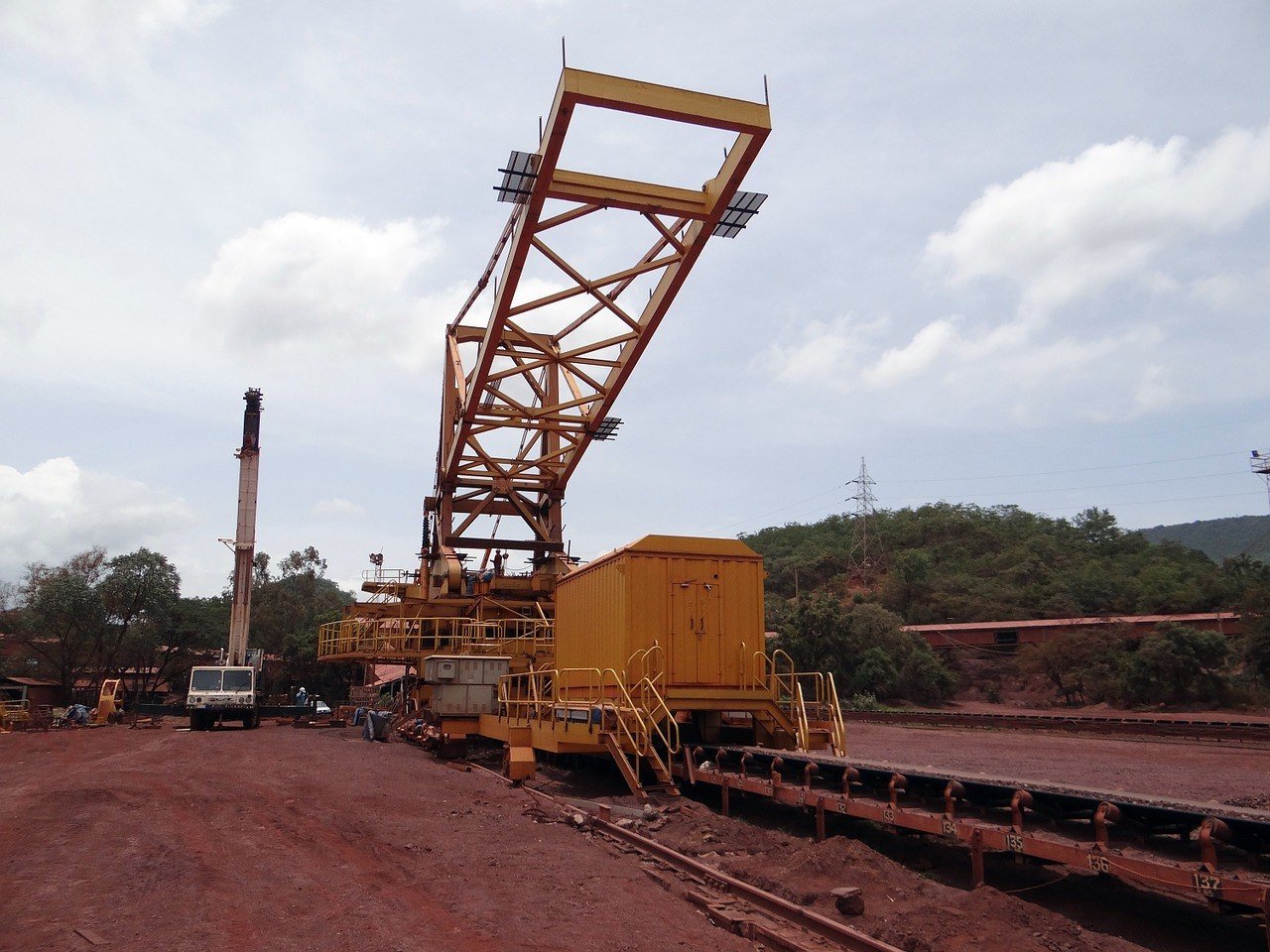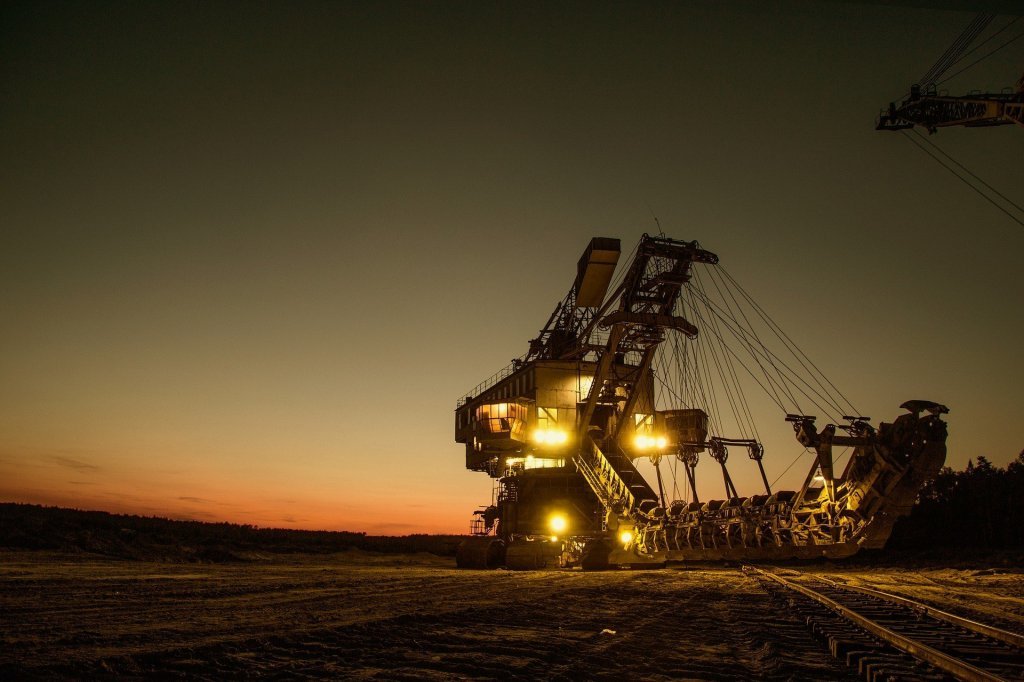Markets
Mergers & acquisitions supporting growth in the mining segment
Mergers and acquisitions can give a mining company the boost it needs to get out of the rut it’s in.

Mergers and acquisitions are considered to be the Hail Mary pass of ailing companies. It’s a nightmare for many employees, as it spell changes not just to their corporate structure, but also in the way they do business in general. Yet M&As could provide a company the much-needed boost it has been waiting for, especially if it is on the brink of closing its doors. M&As are not the most ideal solution, but they always help add value to the company doing the bidding, and to the company succumbing to the buyout.
“One plus one makes three: this equation is the special alchemy of a merger or an acquisition,” Ben McClure, a columnist at Investopedia explained. “The key principle behind buying a company is to create shareholder value over and above that of the sum of the two companies. Two companies together are more valuable than two separate companies—at least, that’s the reasoning behind M&A.”
Rationale
When market conditions are tough and current commodity prices are challenging, M&As can breathe new life into businesses and industries. In Africa, for example, M&A activities are heating up, and experts see that it will drive more investments in the mining-focused country.
Mining is tied to the continent’s GDP, which has been hurt last year due to a slump in mining activities. Standard Chartered data showed that mining fell, in South Africa for example, by as much as 25 percent. However, experts are positive that this year will be good to Africa and its mining sector as a whole, thanks to M&As spurring new investments.

Mining affects the gross domestic product of Africa. (Source)
According to Nana Sangmuah, managing director for research of Toronto-based Clarus Securities, major miners that are cutting exploration budgets should look at M&As in order to stay afloat or boost their revenue stream. “Those miners will not be able to replenish the reserves they are mining and are probably mining themselves out of business. The only way to correct this—given the 10- to 12-year gap from discovery to production—is for merger and acquisition (M&A) activity to pick up in a big way,” he told Equities.com.
Instead of spending more to support their production, one way major minors can expand supply is by scooping up junior miners, according to Mining Feeds. Junior miners are also relatively cheap. Among companies that seemed to be thinking along these lines were Goldcorp Inc. (NYSE:GG), which recently bought Canada’s Probe Mines in January for $500 million, and Tahoe Resources (NYSE:TAHO), which bought Rio Alto Mining last month for a billion dollars.
Attractive buyout targets
In an interview with Mining Feeds, Randy Reichert of NW3 Mining Consultants, Inc. noted that one company that’s a good buyout target is Exeter Resource Corp. (NYSEMKT: XRA), a Canadian gold miner that operates a project in Chile. Exeter owns and operates the Caspiche mine, which is said to possess a resource of 37.9 million ounces of gold. The company was also reported to own $30 million in the bank and is debt-free.
Chile boasts of a number of projects that make for great acquisition targets. Hailing from the titanium segment, there’s White Mountain Titanium Corp. (OTCQB:WMTM), an explorer with a promising asset in Cerro Blanco, comprising 33 mining concessions over an area of 85 square kilometers. The company is engaged in the production of high grade titanium dioxide concentrate, as rutile, for use in paints, pigments, as well feedstock for the production of titanium sponge.
While the principal focus at Cerro Blanco is the production of high grade rutile and sales to international paints and pigment companies, White Mountain is also associated with a patented technology called the Chinuka Process, capable of using rutile to produce high grade titanium powder as an alternative to the more conventional Kroll titanium sponge process. The Chinuka Process has already tested rutile concentrates from Cerro Blanco in early development work. Developed by the University of Cambridge, the Chinuka technology has already received full patents from the UK, Russia, and China.
Rosy forecasts
One thing that will support the mining sector in general, Sangmuah noted, are metal prices. Some analysts believe that the U.S. dollar strength will not be “sustainable” throughout the second half of the year. This will result to higher commodity prices, of course.
The currency wars, meanwhile, could lead to an increase in gold purchases that cannot be controlled by the central bank. After all, banks are not selling, and Asian buyers, China and India in particular, would have to turn to gold mine supply. Sangmuah believes that this increase in activity will drive gold prices this year.
—
This article may include forward-looking statements. These forward-looking statements generally are identified by the words “believe,” “project,” “estimate,” “become,” “plan,” “will,” and similar expressions. These forward-looking statements involve known and unknown risks as well as uncertainties, including those discussed in the following cautionary statements and elsewhere in this article and on this site. Although the Company may believe that its expectations are based on reasonable assumptions, the actual results that the Company may achieve may differ materially from any forward-looking statements, which reflect the opinions of the management of the Company only as of the date hereof. Additionally, please make sure to read these important disclosures.

-

 Fintech2 weeks ago
Fintech2 weeks agoKraken Acquires Backed Finance to Boost RWA Strategy Ahead of 2026 IPO
-

 Biotech2 days ago
Biotech2 days agoSpain Joins First EU Joint Clinical Assessment Under New Health Technology Regulation
-

 Business1 week ago
Business1 week agoMarkets Now Appear Steady, but Cracks Are Forming Beneath
-

 Impact Investing6 days ago
Impact Investing6 days agoGlobal Rift Over Fossil Fuels Blocks UN Environmental Agreement
























